Arts & Entertainment
Four Larks creates beautiful monster in world-class ‘Frankenstein’
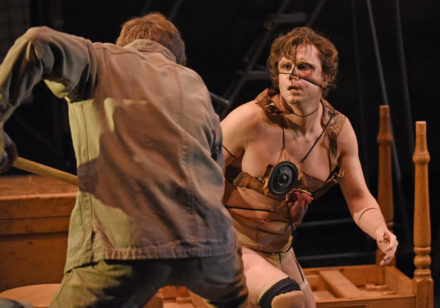
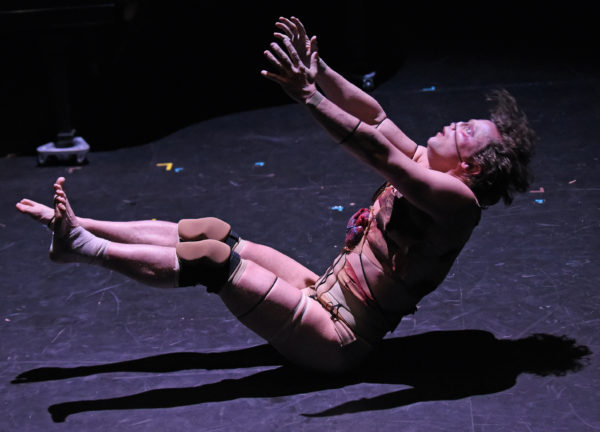
From the moment the lights come up on the Four Larks production of “Frankenstein” to reveal a genteel 19th-century sea captain, singing a period chamber song while accompanied by live acoustic musicians in front of a stark white backdrop, it’s clear you are in for something unexpected.
One might argue that the LA-based performance troupe has already made a name for itself on the basis of delivering the unexpected, through its immersive, experiential productions that exist “at the intersection of theatre, music, visual art and dance” (as their online self-description puts it), and that anyone seeing their work should therefore expect, well, the unexpected.
Even so, thanks to the cultural saturation that has made the story of Frankenstein and his misbegotten creation familiar to almost every member of modern American civilization over the age of three, an audience member walking into the Lovelace Studio Theatre at the Wallis Annenberg Center for the Performing Arts, where Four Larks has mounted their latest effort for a now-extended run through March 7, will unavoidably be carrying their own well-encoded assumptions about the tale – and they likely won’t bear more than a passing resemblance to the 1818 novel with which Mary Shelley introduced it to the world.
Consequently, many members of the crowd probably won’t know, or won’t remember, that Shelley’s horror classic begins and ends in the frozen Arctic wasteland, with a naval officer on a mission to reach the North Pole (a situation rendered perfectly and instantaneously by the arresting opening tableau), or that the title character relates his sad history as a cautionary tale against the dangers of man’s insatiable desire to bend the universe to his own will.
Four Larks, however, has not forgotten. In this ingenious cabinet-of-curiosities-style production, troupe founders Mat Sweeney and Sebastian Peters-Lazaro, along with librettist Jesse Rasmussen, strip away the generations’ worth of cultural baggage that has been piled atop Shelley’s original, allowing it to serve as both their inspiration and their road map for a densely-packed unwinding of the narrative that takes us from its pre-Victorian setting up to the precipice of our own modern future within the space of 70 minutes.
Utilizing a breathtakingly talented ensemble of twelve performers (who rarely leave the stage), the multi-media performance reclaims the author’s voice in her name by making her a central presence onstage; it is Mary Shelley herself who speaks the words as her literary stand-in enacts the story of his own act of creation, serving as a constant reminder that this quintessential tale of terror came from the imagination of a woman – a fact that has particular resonance in a world in which the patriarchal urge to dominate and control has led us to the brink of self-destruction.
Underscoring the contemporary import of that radical motif – as well as the prescience of Shelley’s not-very-subtle warning about the dangers of unchecked technological advancement – is a near-hypnotic progression of sights, sounds, and ideas that incorporates speaking, singing, movement, sound, lights, projections, and environmental effects to connect the dots between Frankenstein’s transgressive creation – or rather, the reckless hubris it represents – and a modern world living in the ominous shadow of nuclear destruction, artificial intelligence, and climate change.
Along the way, the literal aspects of the story sometimes get lost within the conceptual flourishes – especially for those unfamiliar with the original text – but in this envisioning, which Four Larks actor Lukas Papenfusscline, calls a “collaboration” with Shelley herself, that is part of the point. Though the production has clung tightly to the novel in terms of remaining faithful to its plot, it revels in translating its ideas into a stylized, contemporary vision that clearly communicates them to an audience and allowing them to hit us in a more direct and visceral way.
Still, many of the show’s highlights are masterful renditions of segments from the book. The creature’s birth, brought to life through the acrobatic contortions of actor Max Baumgarten, is a master class of physical performance that evokes the loneliness, pain and transgression of the experience while dazzling us with an unforgettable display of sheer grace and prowess. Similarly, the lengthy episode depicting the creature’s secret spying on the life of a human family through the windows of their cabin in the woods is executed with a crystalline simplicity that both conveys its essence and illuminates its profound observations about humanity. Finally, in an electrified (and electrifying) climactic flourish, the story’s last act of creation is terrifyingly rendered in a jaw-dropping combination of performance, stagecraft and technology that unites past and present in a spectral vision conveying the all-encompassing dread of a future mankind has created in its own image.
It may all sound a bit overwhelming, and that is exactly what was intended, not just by Four Larks but by Mary Shelley herself; but although there is no effort to soften the “shock and awe,” it is countered by the precision with which this intricately choreographed theatrical exercise is executed.
As Papenfusscline put it in an interview with the Blade ahead of the show’s opening, “It’s like a Swiss watch with a million little parts, some of it is the music, design, some of it is the acting, and we’re creating this intricate work of art that as a performer is endlessly rewarding. I’ve just had a blast.”
Judging by the sleeper success this world-class production has enjoyed in its world-premiere run at the Wallis, audiences are having a blast, too.
Books
New book highlights long history of LGBTQ oppression
‘Queer Enlightenments’ a reminder that inequality is nothing new
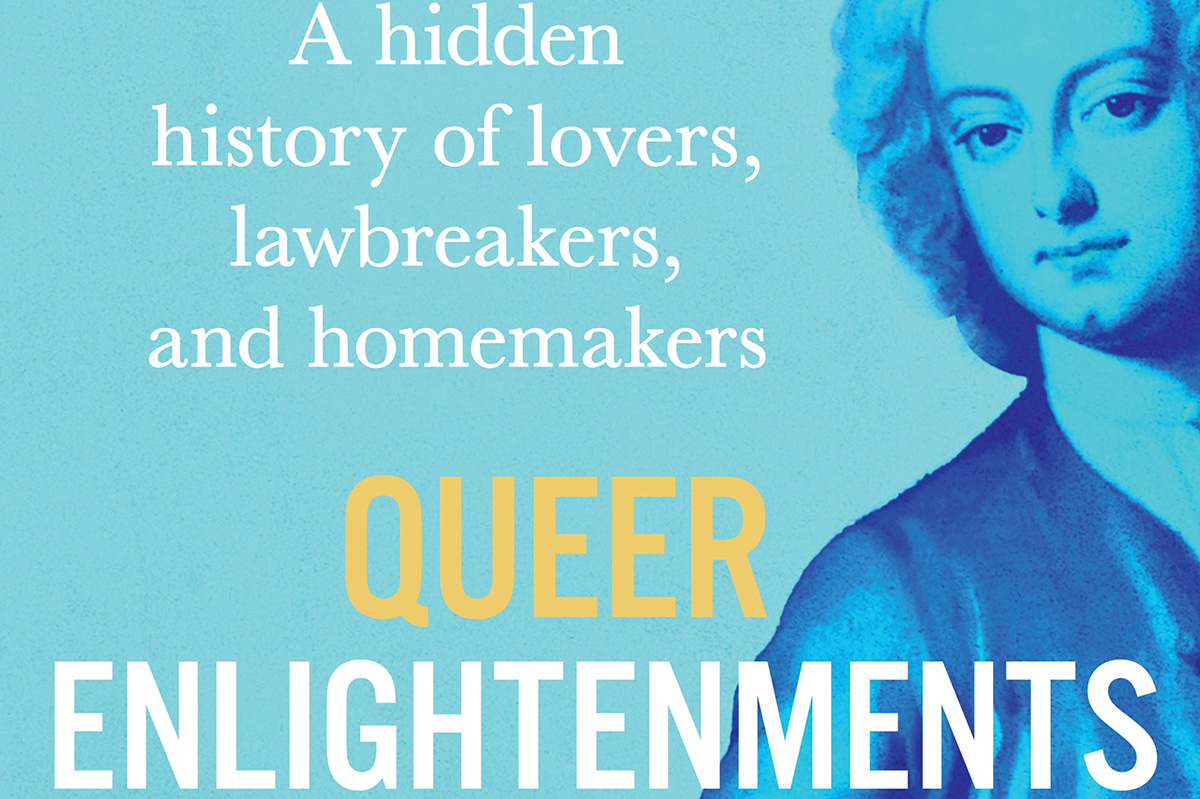
‘Queer Enlightenments: A Hidden History of Lovers, Lawbreakers, and Homemakers’
By Anthony Delaney
c.2025, Atlantic Monthly Press
$30/352 pages
It had to start somewhere.
The discrimination, the persecution, the inequality, it had a launching point. Can you put your finger on that date? Was it DADT, the 1950s scare, the Kinsey report? Certainly not Stonewall, or the Marriage Act, so where did it come from? In “Queer Enlightenments: A Hidden History of Lovers, Lawbreakers, and Homemakers” by Anthony Delaney, the story of queer oppression goes back so much farther.

The first recorded instance of the word “homosexual” arrived loudly in the spring of 1868: Hungarian journalist Károly Mária Kerthbeny wrote a letter to German activist Karl Heinrich Ulrichs referring to “same-sex-attracted men” with that new term. Many people believe that this was the “invention” of homosexuality, but Delaney begs to differ.
“Queer histories run much deeper than this…” he says.
Take, for instance, the delightfully named Mrs. Clap, who ran a “House” in London in which men often met other men for “marriage.” On a February night in 1726, Mrs. Clap’s House was raided and 40 men were taken to jail, where they were put in filthy, dank confines until the courts could get to them. One of the men was ultimately hanged for the crime of sodomy. Mrs. Clap was pilloried, and then disappeared from history.
William Pulteney had a duel with John, Lord Hervey, over insults flung at the latter man. The truth: Hervey was, in fact, openly a “sodomite.” He and his companion, Ste Fox had even set up a home together.
Adopting your lover was common in 18th century London, in order to make him a legal heir. In about 1769, rumors spread that the lovely female spy, the Chevalier d’Éon, was actually Charles d’Éon de Beaumont, a man who had been dressing in feminine attire for much longer than his espionage career. Anne Lister’s masculine demeanor often left her an “outcast.” And as George Wilson brought his bride to North American in 1821, he confessed to loving men, thus becoming North America’s first official “female husband.”
Sometimes, history can be quite dry. So can author Anthony Delaney’s wit. Together, though, they work well inside “Queer Enlightenments.”
Undoubtedly, you well know that inequality and persecution aren’t new things – which Delaney underscores here – and queer ancestors faced them head-on, just as people do today. The twist, in this often-chilling narrative, is that punishments levied on 18th- and 19th-century queer folk was harsher and Delaney doesn’t soften those accounts for readers. Read this book, and you’re platform-side at a hanging, in jail with an ally, at a duel with a complicated basis, embedded in a King’s court, and on a ship with a man whose new wife generously ignored his secret. Most of these tales are set in Great Britain and Europe, but North America features some, and Delaney wraps up thing nicely for today’s relevance.
While there’s some amusing side-eyeing in this book, “Queer Enlightenments” is a bit on the heavy side, so give yourself time with it. Pick it up, though, and you’ll love it til the end.
The Blade may receive commissions from qualifying purchases made via this post.
Movies
In solid ‘Nuremberg,’ the Nazis are still the bad guys
A condemnation of fascist mentality that permits extremist ideologies to take power
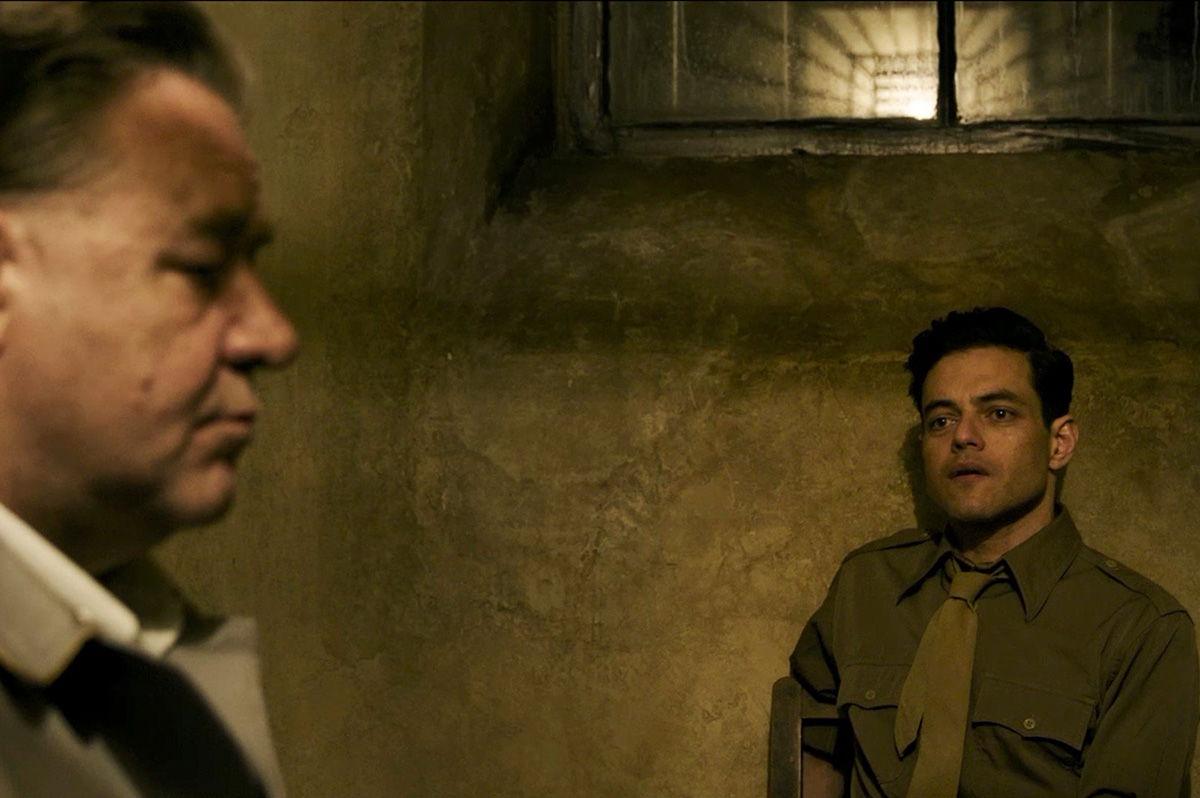
In any year prior to this one, there would be nothing controversial about “Nuremberg.”
In fact, writer/director James Vanderbilt’s historical drama – based on a book by Jack El-Hai about the relationship between Nazi second-in-command Hermann Göring and the American psychiatrist who was tasked with studying him ahead of the 1945 international war crimes trial in the titular German city – would likely seem like a safely middle-of-the-road bet for a studio “prestige” project, a glossy and sharply emotional crowd-pleaser designed to attract awards while also reinforcing the kind of American values that almost everyone can reasonably agree upon.
This, however, is 2025. We no longer live in a culture where condemning an explicitly racist and inherently cruel authoritarian ideology feels like something we can all agree upon, and the tension that arises from that topsy-turvy realization (can we still call Nazis “bad?”) not only lends it an air of radical defiance, but gives it a sense of timely urgency – even though the true story it tells took place 80 years ago.
Constructed as an ensemble narrative, it intertwines the stories of multiple characters as it follows the behind-the-scenes efforts to bring the surviving leadership of Hitler’s fallen “Third Reich” to justice in the wake of World War II, including U.S. Supreme Court Justice Robert Jackson (Michael Shannon), who is assigned to spearhead the trials despite a lack of established precedent for enforcing international law. Its central focus, however, lands on Douglas Kelley (Rami Malek), a psychiatrist working with the Military Intelligence Corps who is assigned to study the former Nazi leadership – especially Göring (Russell Crowe), Hitler’s right-hand man and the top surviving officer of the defeated regime – and assess their competency to stand trial during the early stages of the Nuremberg hearings.
Aided by his translator, Sgt. Howie Triest (Leo Woodall), who also serves as his sounding board and companion, Kelley establishes a relationship with the highly intelligent and deeply arrogant Göring, hoping to gain insight into the Nazi mindset that might help prevent the atrocities perpetrated by him and his fellow defendants from ever happening again, yet entering into a treacherous game of psychological cat-and-mouse that threatens to compromise his position and potentially undermine the trial’s already-shaky chances for success.
For those who are already familiar with the history and outcome of the Nuremberg trials, there won’t be much in the way of suspense; most of us born in the generations after WWII, however, are probably not. They were a radical notion at the time, a daring effort to impose accountability at an international level upon world leaders who would violate human rights and commit atrocities for the sake of power, profit, and control. They were widely viewed with mistrust, seen by many as an opportunity for the surviving Nazi establishment to turn the fickle tides of world opinion by painting themselves as the victims of persecution. There was an undeniable desire for closure involved; the world wanted to put the tragedy – a multinational war that ended more human lives than any other conflict in history before it – in the rear-view mirror, and a rush to embrace a comforting fantasy of global unity that had already begun to disintegrate into a “cold war” that would last for decades. “Nuremberg” captures that tenuous sense of make-it-or-break-it uncertainty, giving us a portrait of the tribunal’s major players as flawed, overburdened, and far from united in their individual national agendas. These trials were an experiment in global justice, and they set the stage for a half-century’s worth of international cooperation, even if it was permeated by a deep sense of mistrust, all around.
Yet despite the political and personal undercurrents that run beneath its story, Vanderbilt’s movie holds tight to a higher imperative. Judge Jackson may have ambitions to become Chief Justice of SCOTUS, but his commitment to opposing authoritarian atrocity supersedes all other considerations; and while Kelley’s own ego may cloud his judgment in his dealings with Göring, his endgame of tripping up the Nazi Reichmarshall never wavers. In the end, “Nuremberg” remains unequivocal in its imperative – to fight against institutionalized racism, fetishized nationalism, and the amoral cruelty of a power-hungry autocrat.
Yes, it’s a “feel-good” movie for the times, a reinforcement of what now feels like an uncomfortably old-fashioned set of basic values in the face of a clear and present danger; mounted with all the high-dollar immersive feels that Hollywood can provide, it offers up a period piece that comments by mere implication on the tides of current-day history-in-the-making, and evokes an old spirit of American ideology as it wrangles with the complexities of politics, ethics, and justice that endure unabated today. At the same time, it reminds us that justice is shaped by power, and that it’s never a sure bet that it’s going to prevail.
While it’s every inch the well-produced, slick slice of Hollywood-style history, “Nuremberg” doesn’t deliver the kind of fully satisfying closure we might long for in our troubled times. For all its classic bravado and heartfelt humanism, it can’t deliver the comforting reassurances we desire because history itself does not provide them. Vanderbilt doesn’t try to rewrite the facts, or soften the blow of their lessons, and while his movie certainly feels conscious of the precarious times in which it arrives, it doesn’t try to give us the kind of wish-fulfillment ending we might long to see – which is ultimately which gives it a ring of bitter truth and reminds us that our world suffers from the evil of corrupt men even when they are defeated.
It’s a movie populated with outstanding performances. Crowe delivers his most impressive turn in years as the chillingly malevolent Göring, and Malek channels all his intensity into Kelley to create a powerfully relatable flawed hero for us to cheer; Shannon shines as the idealistic but practical Jackson, and Woodall provides a likable everyman solidity to counter Malek’s volatile intensity. It might feel early to talk about awards, but it will be no surprise if some of these names end up in the pool of this year’s contenders.
Is “Nuremberg” the anti-Nazi movie we need right now? It certainly seems to position itself as such, and it admittedly delivers an unequivocal condemnation of the kind of fascist, inhuman mentality that permits such extremist ideologies to take power. In the end, though, it leaves us with the awareness that any victory over such evil can only ever be a measured against the loss and tragedy that is left in its wake – and that the best victory of all is to stop it before it starts.
In 2025, that feels like small comfort – but it’s enough to make Vanderbilt’s slick historical drama a worthy slice of inspiration to propel us into the fight that faces us in 2026 and beyond.
Photos
PHOTOS: Whitman-Walker Gala
LGBTQ community health organization holds annual event at Ritz-Carlton

The Whitman-Walker 2025 Gala was held at the Ritz-Carlton Washington, D.C. on Wednesday, Nov. 12.
(Washington Blade photos by Michael Key)
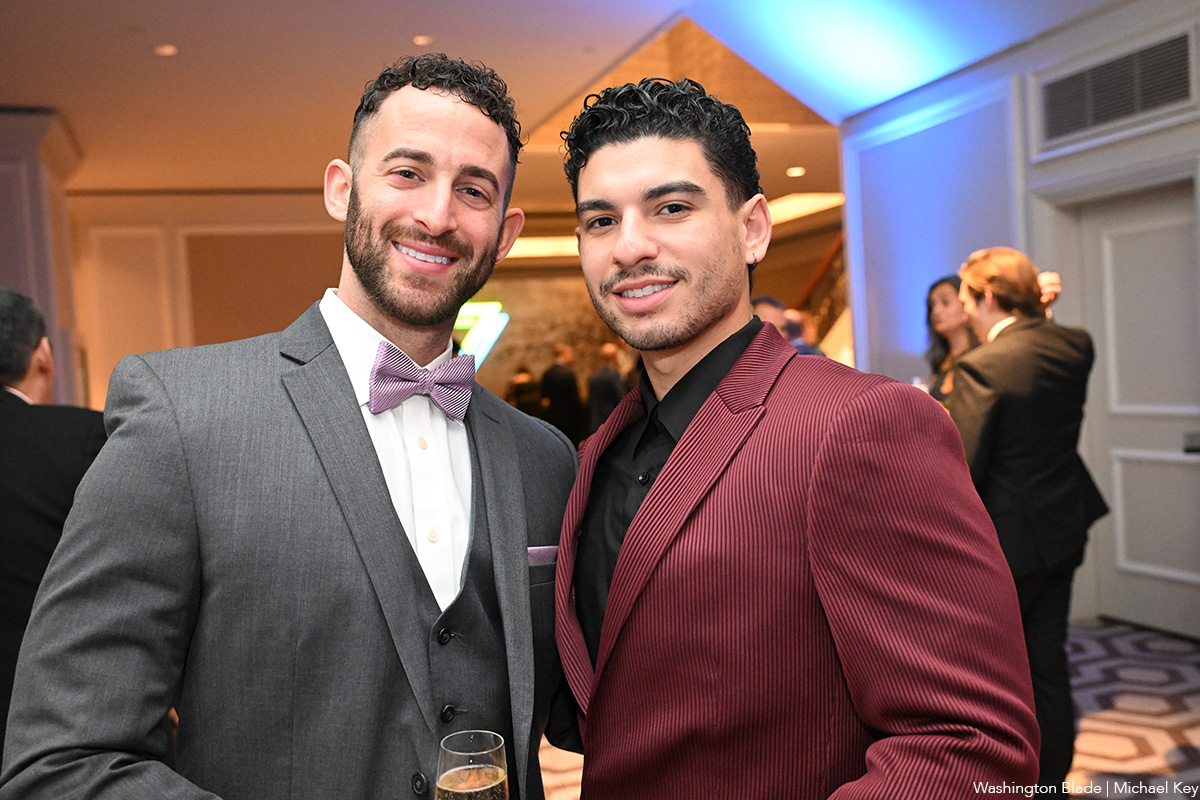
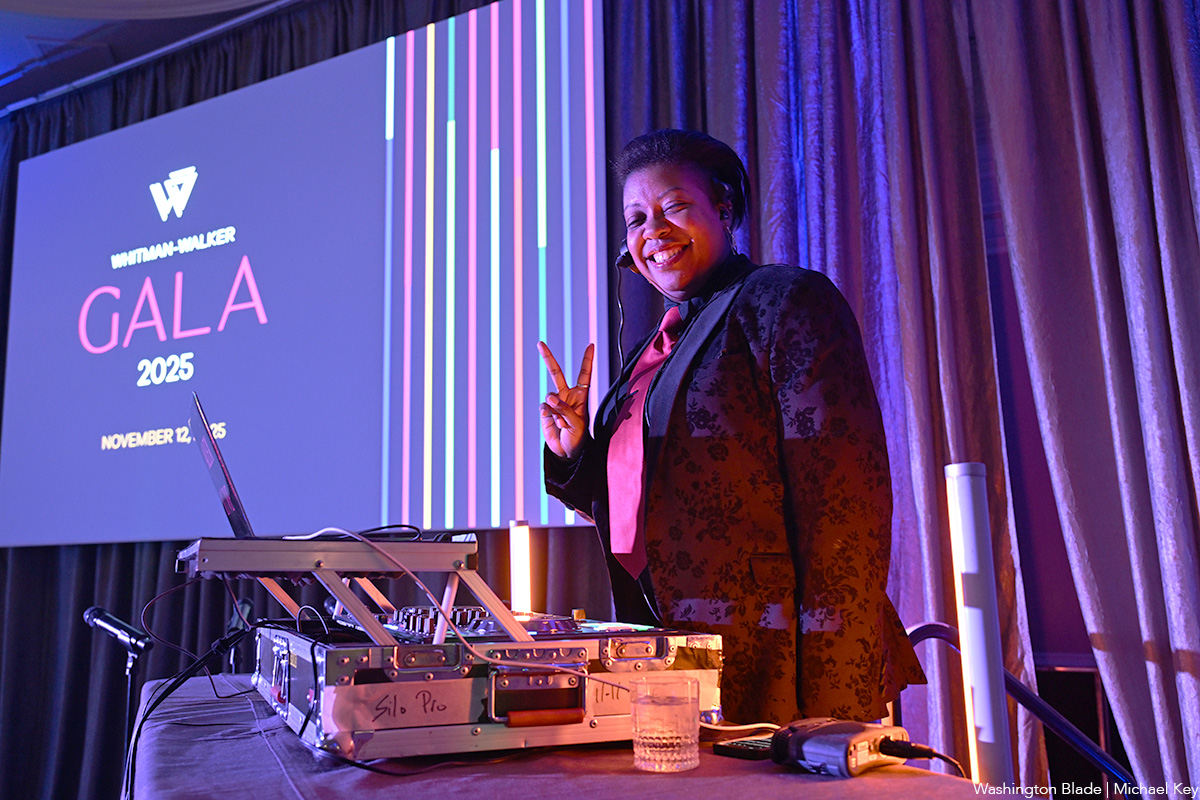
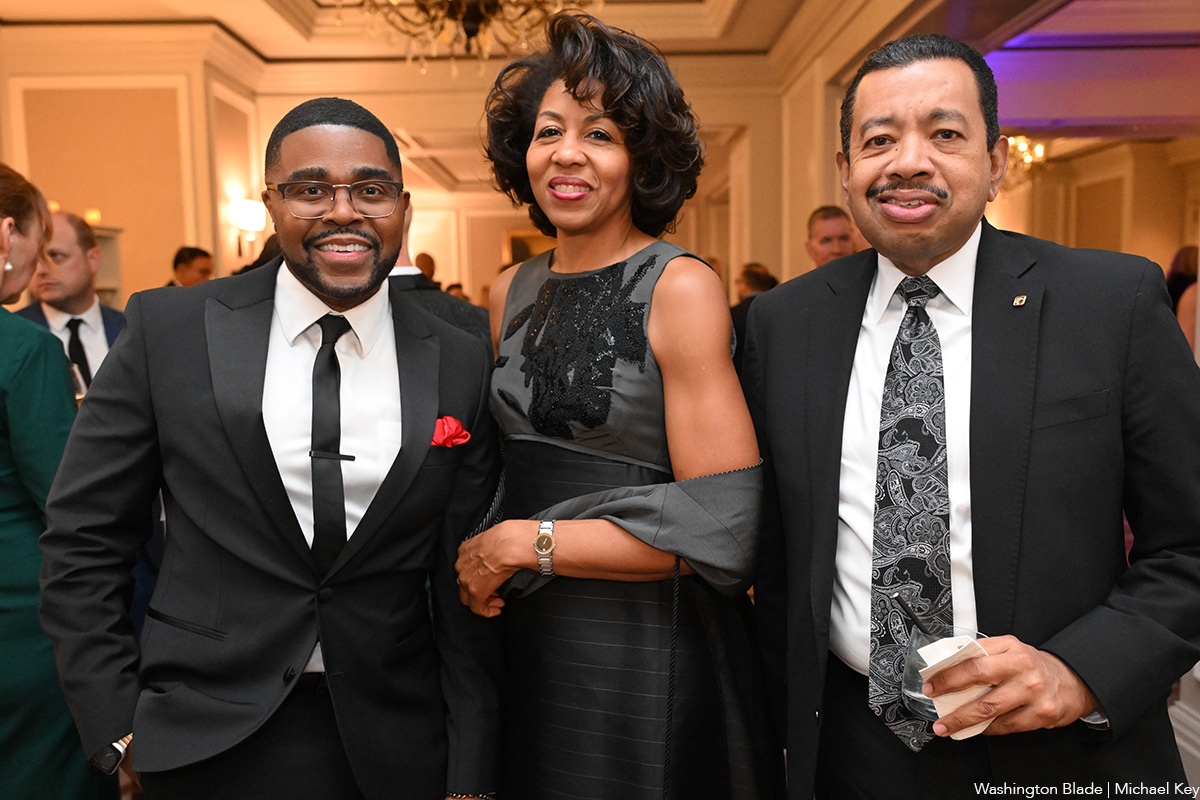

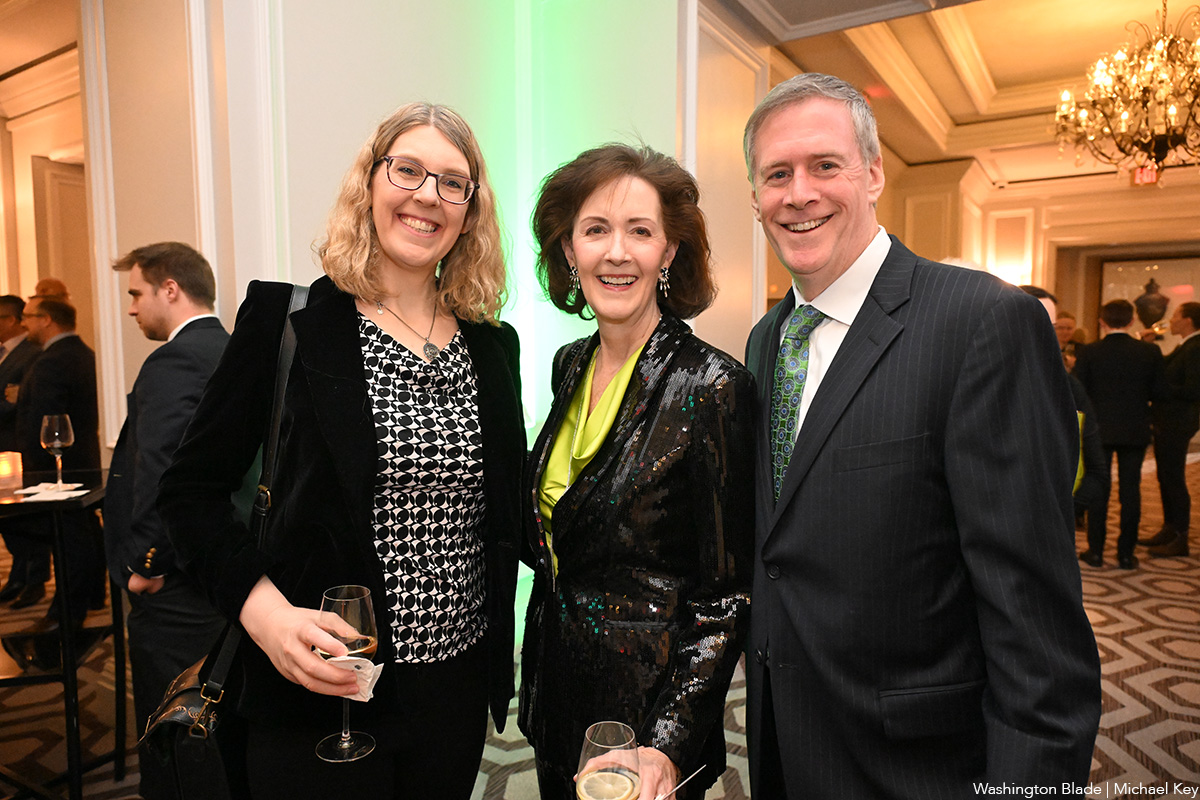
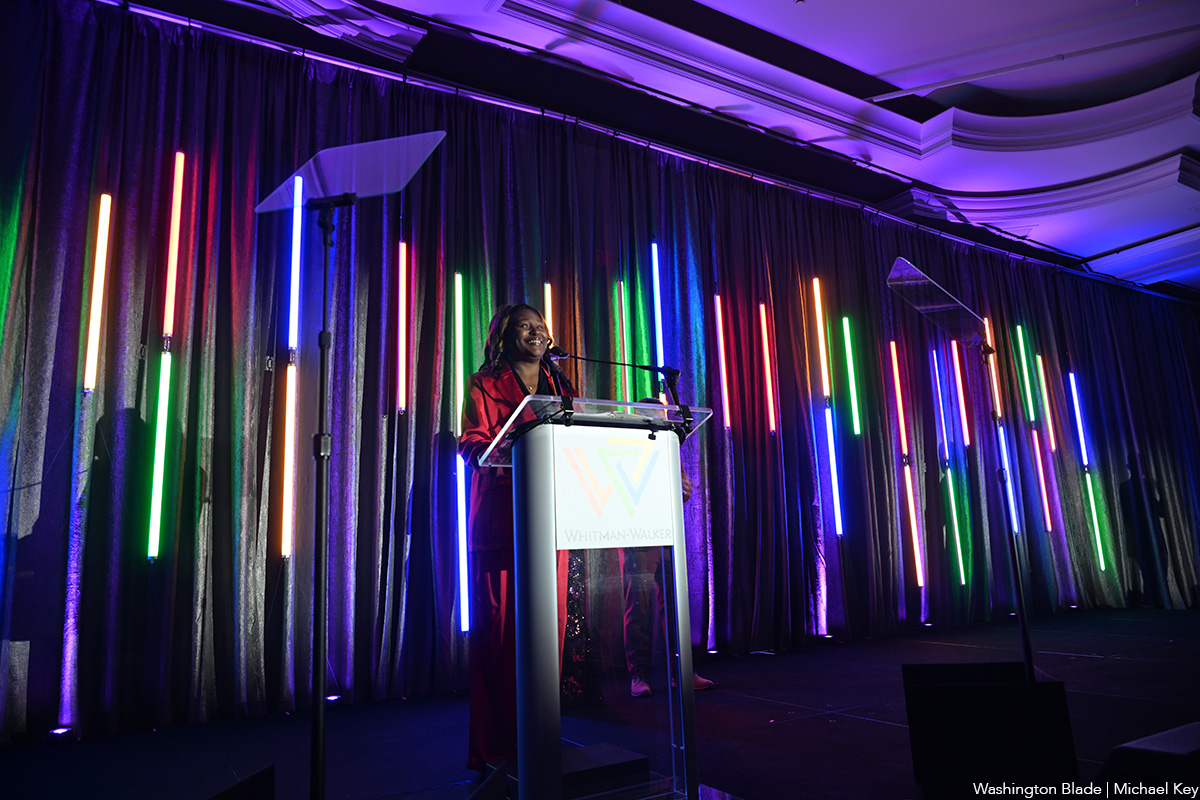


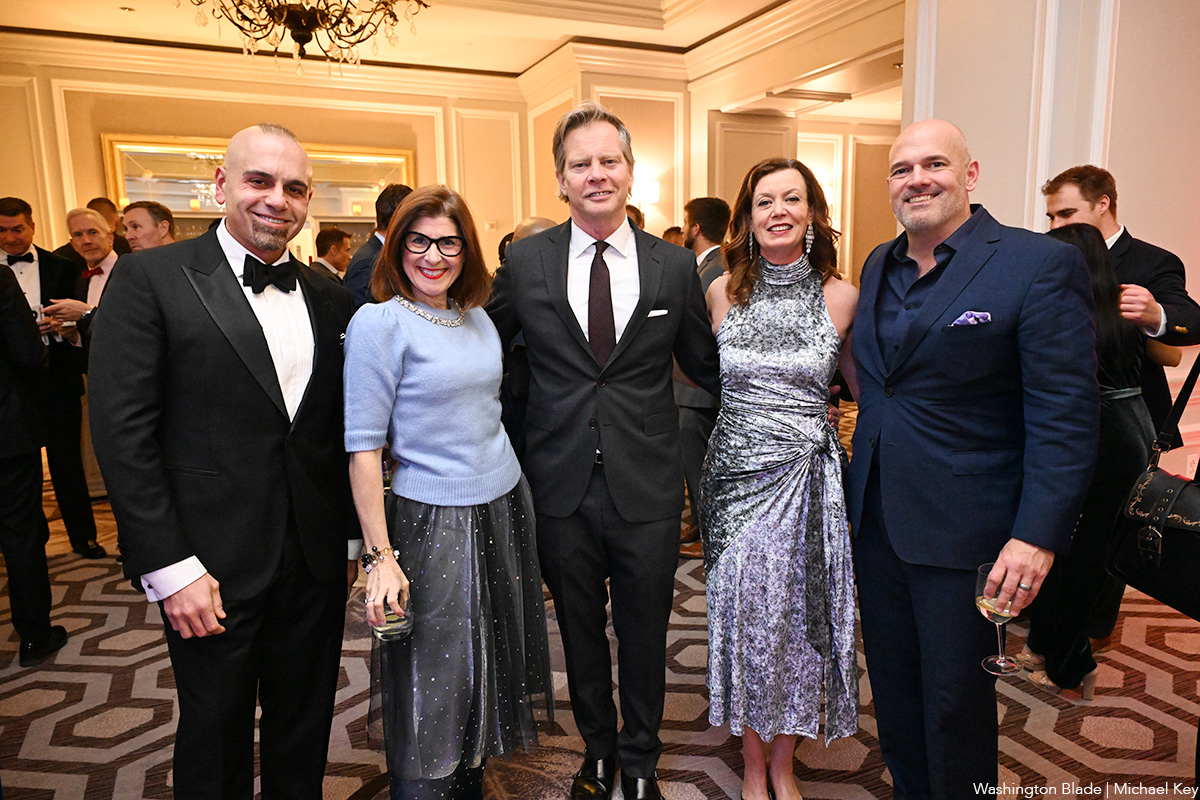
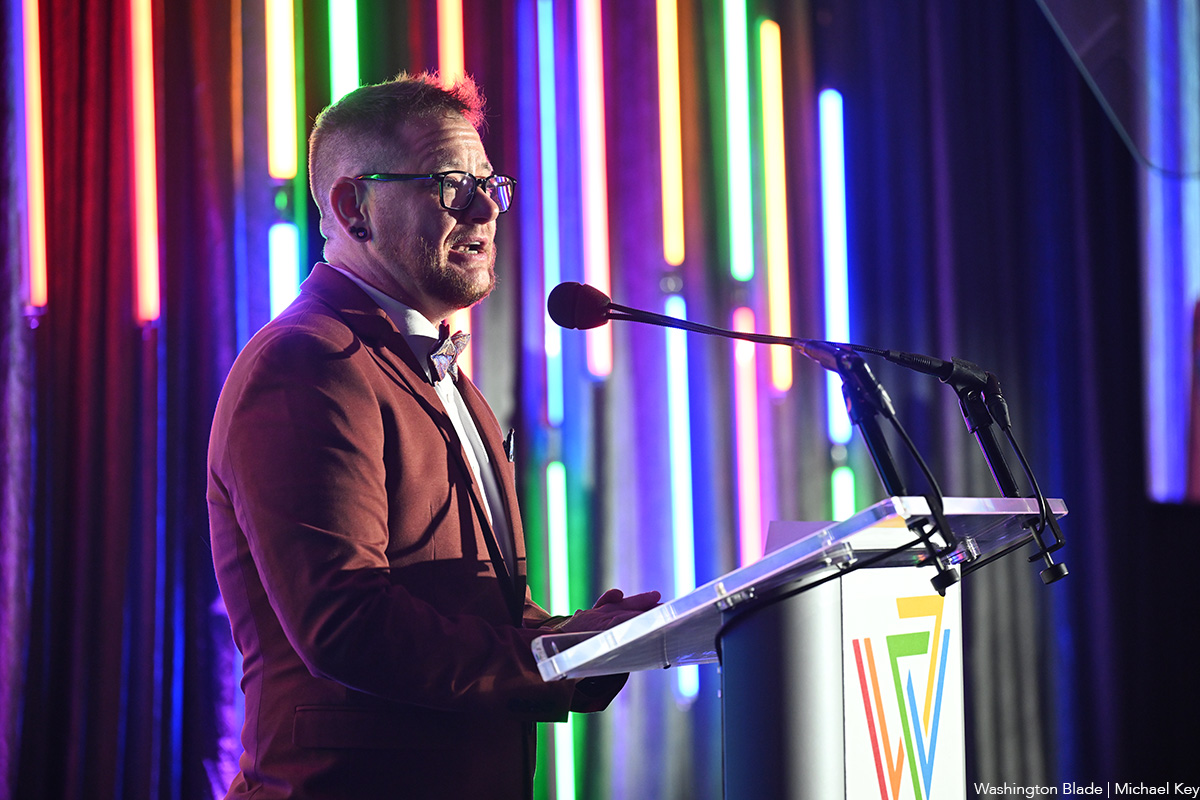
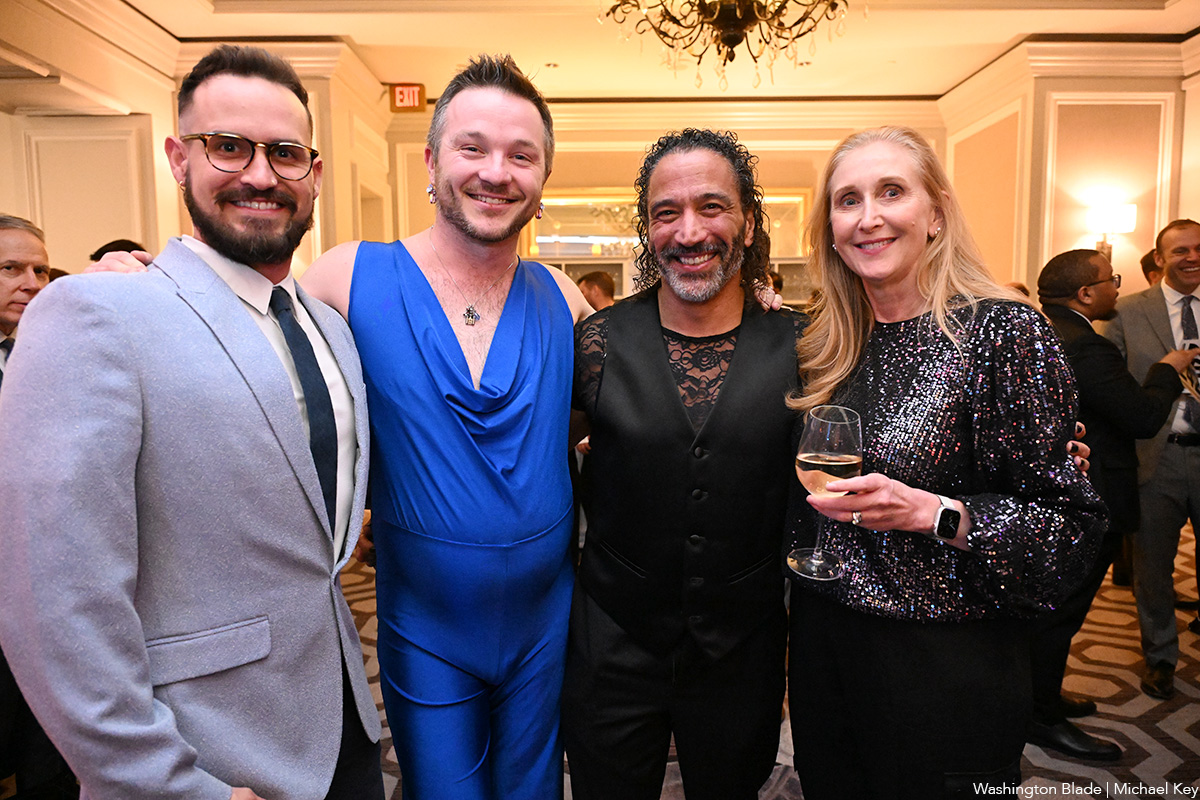

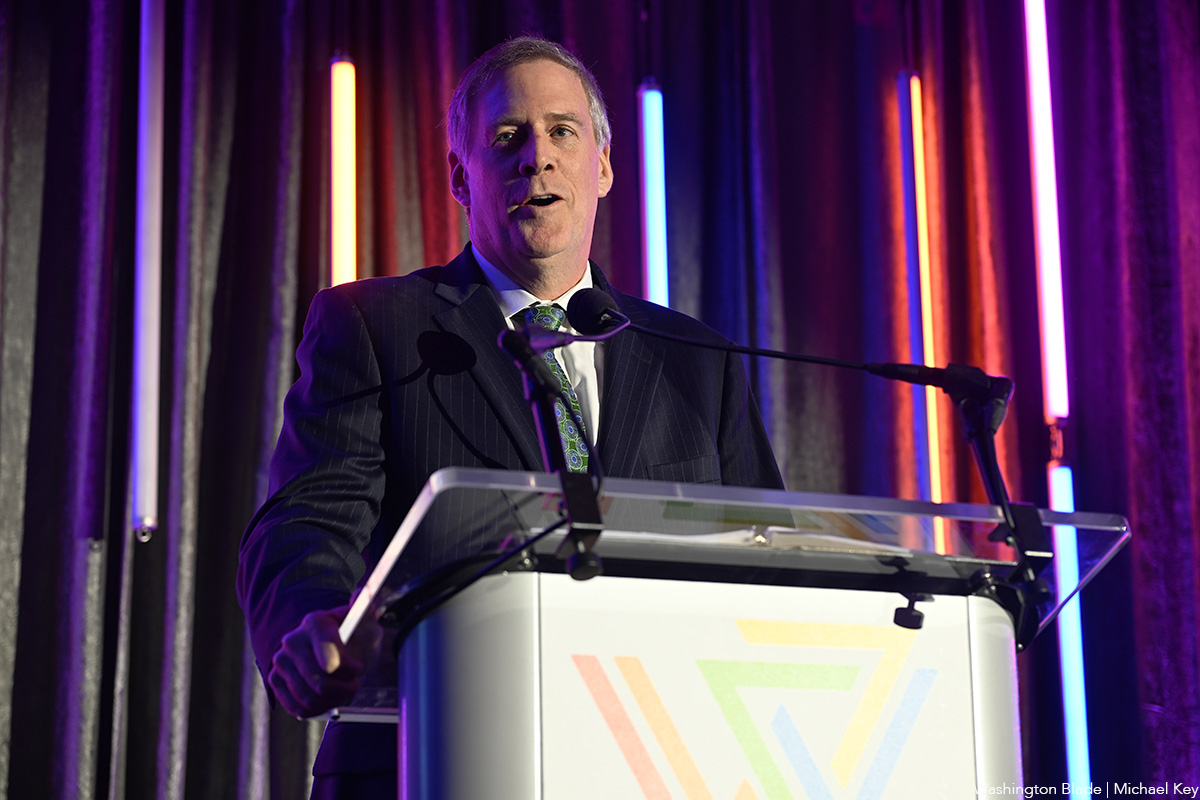

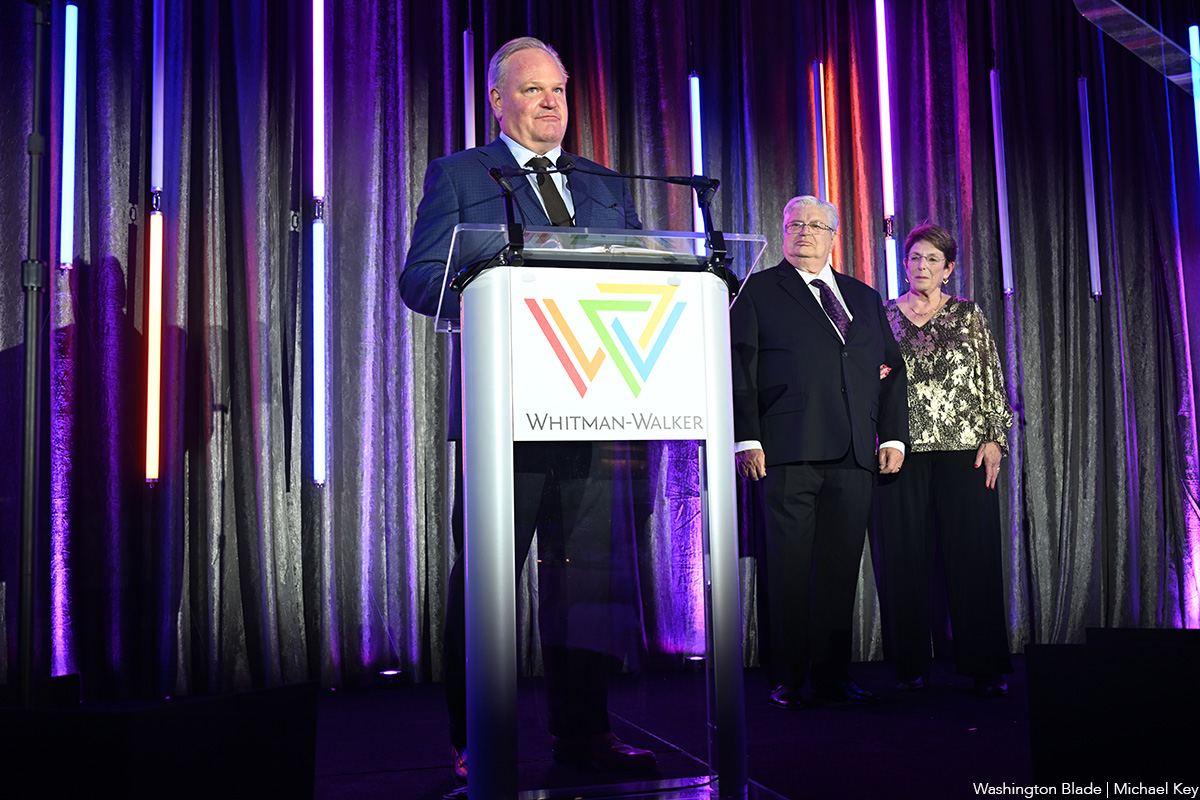
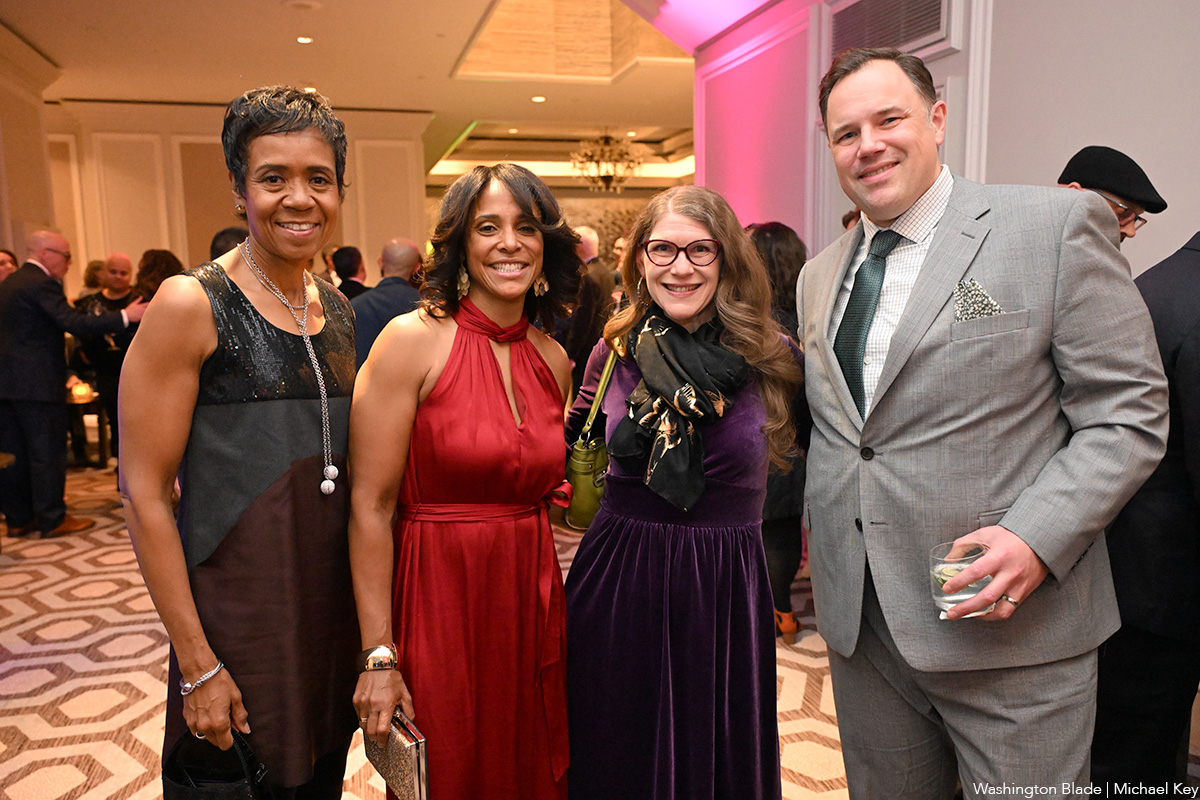
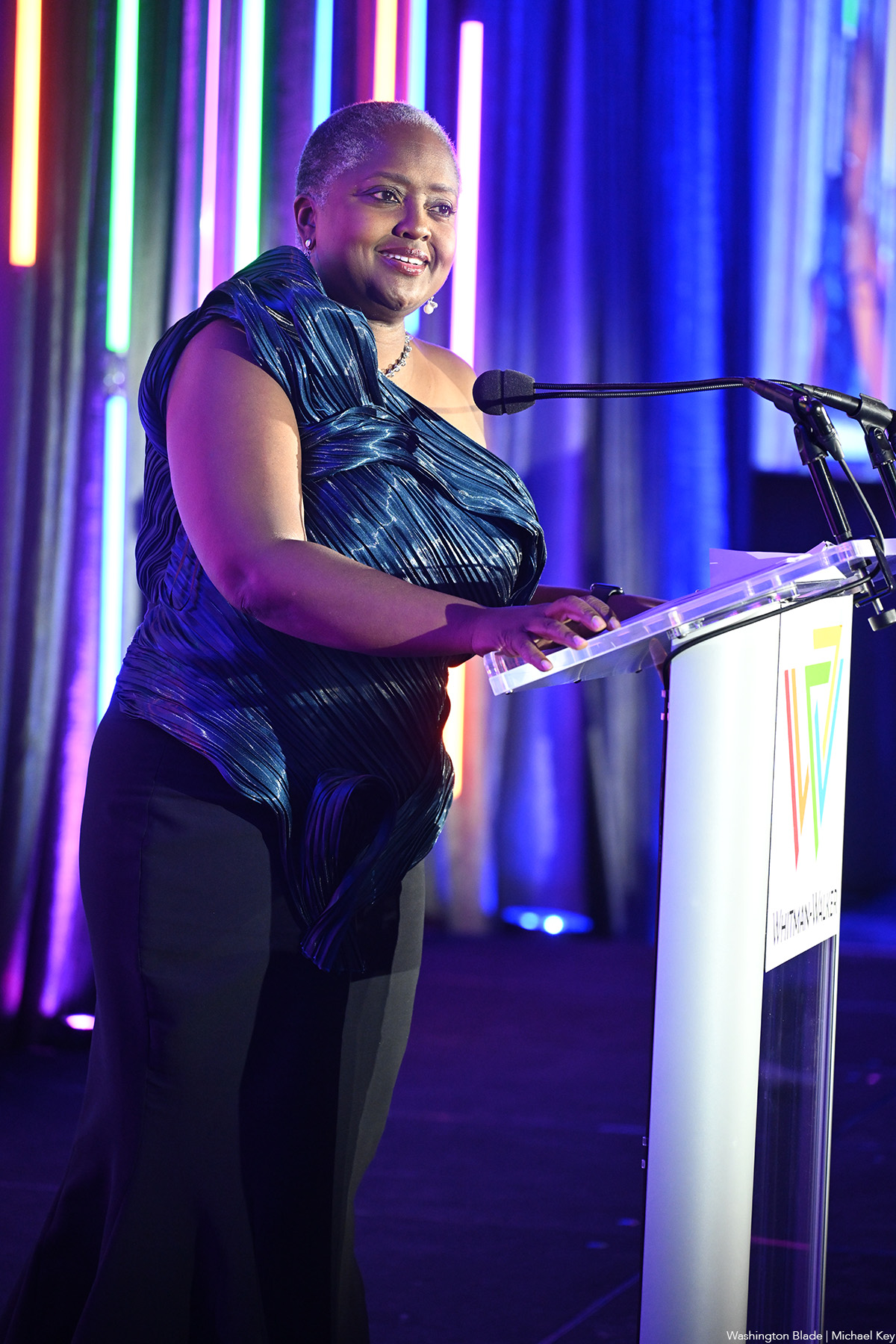

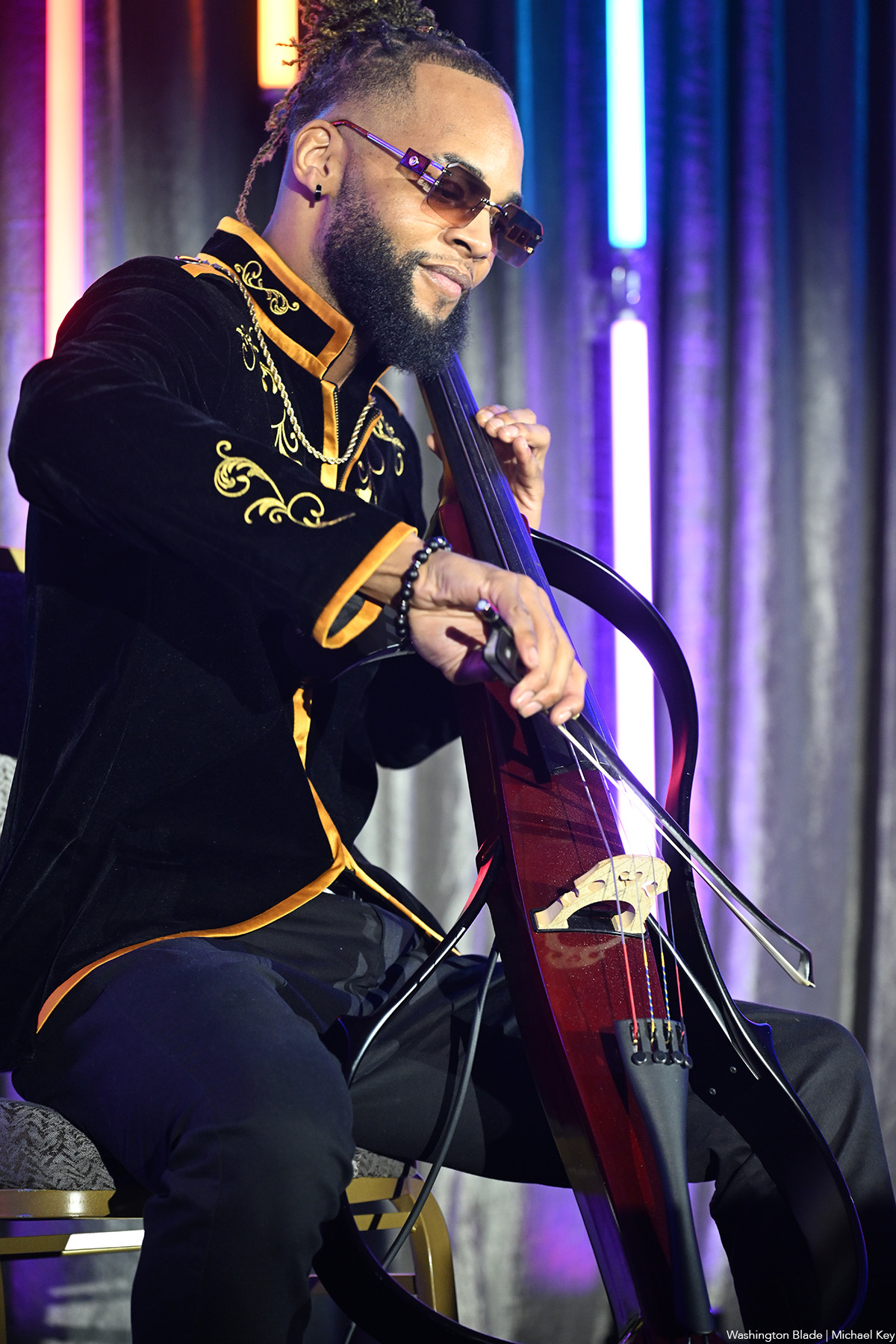


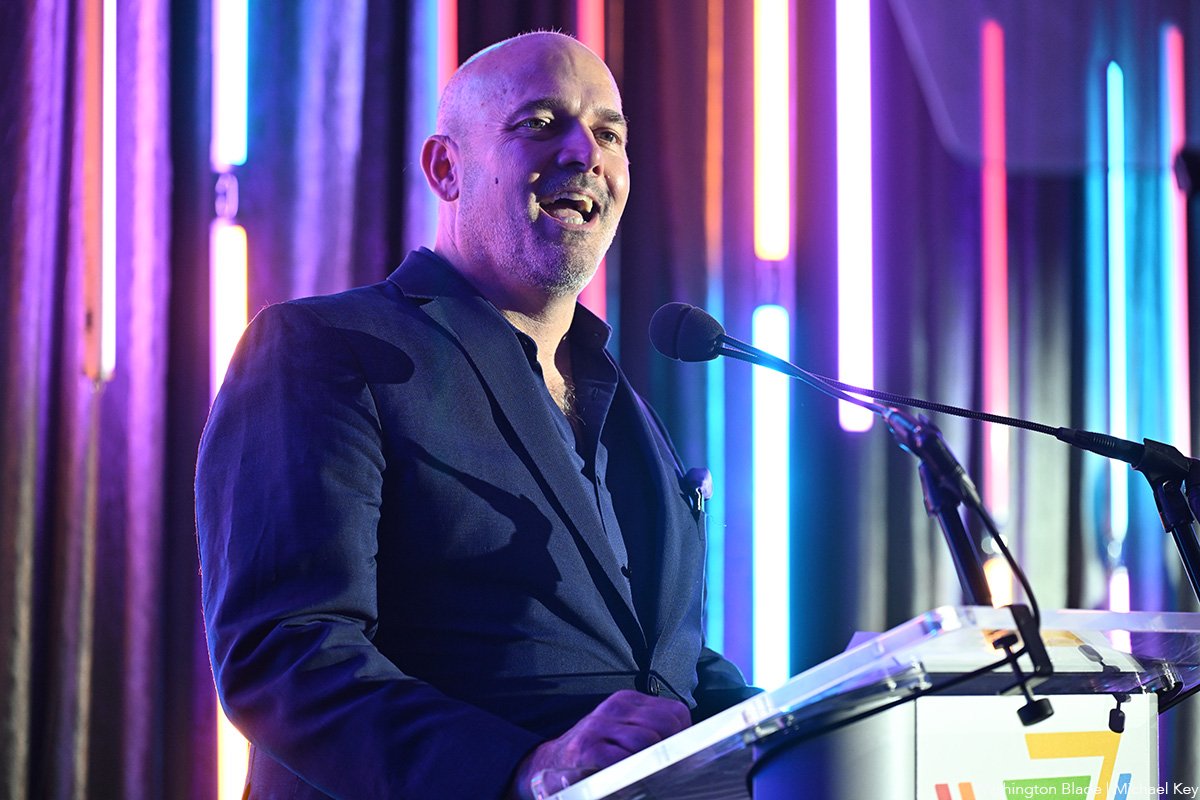




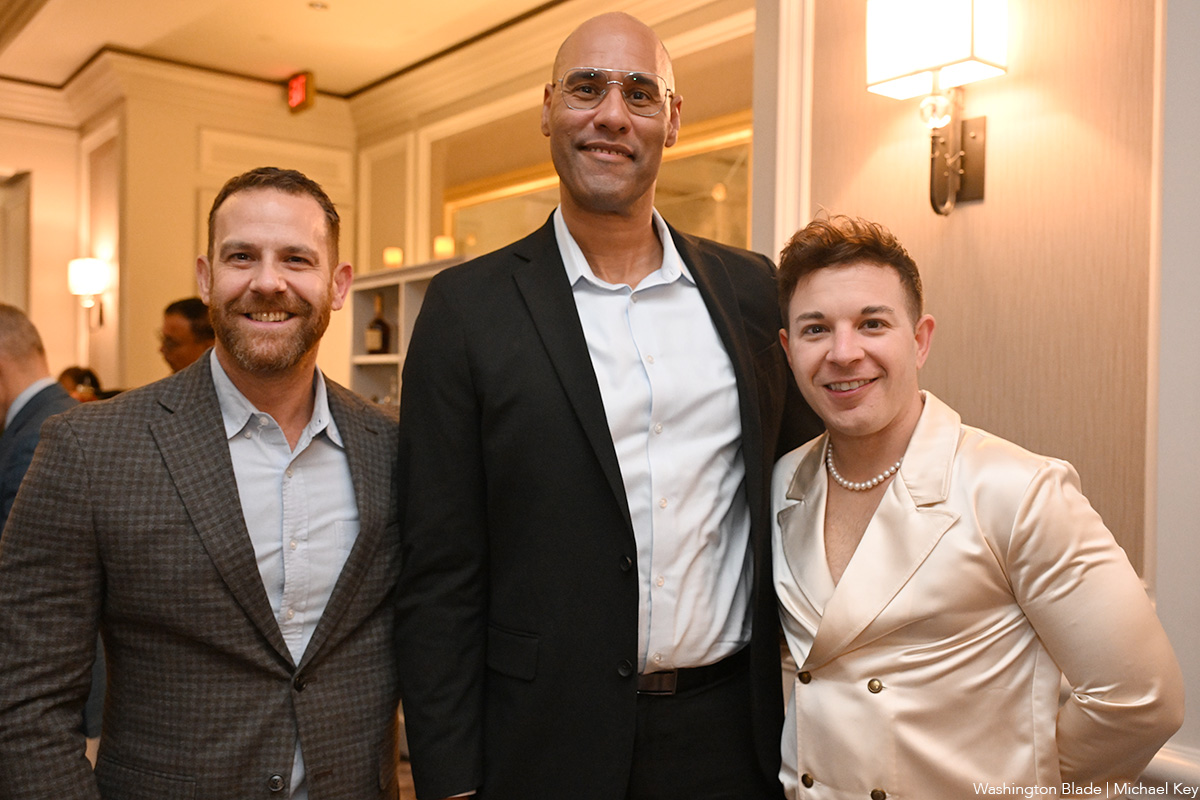



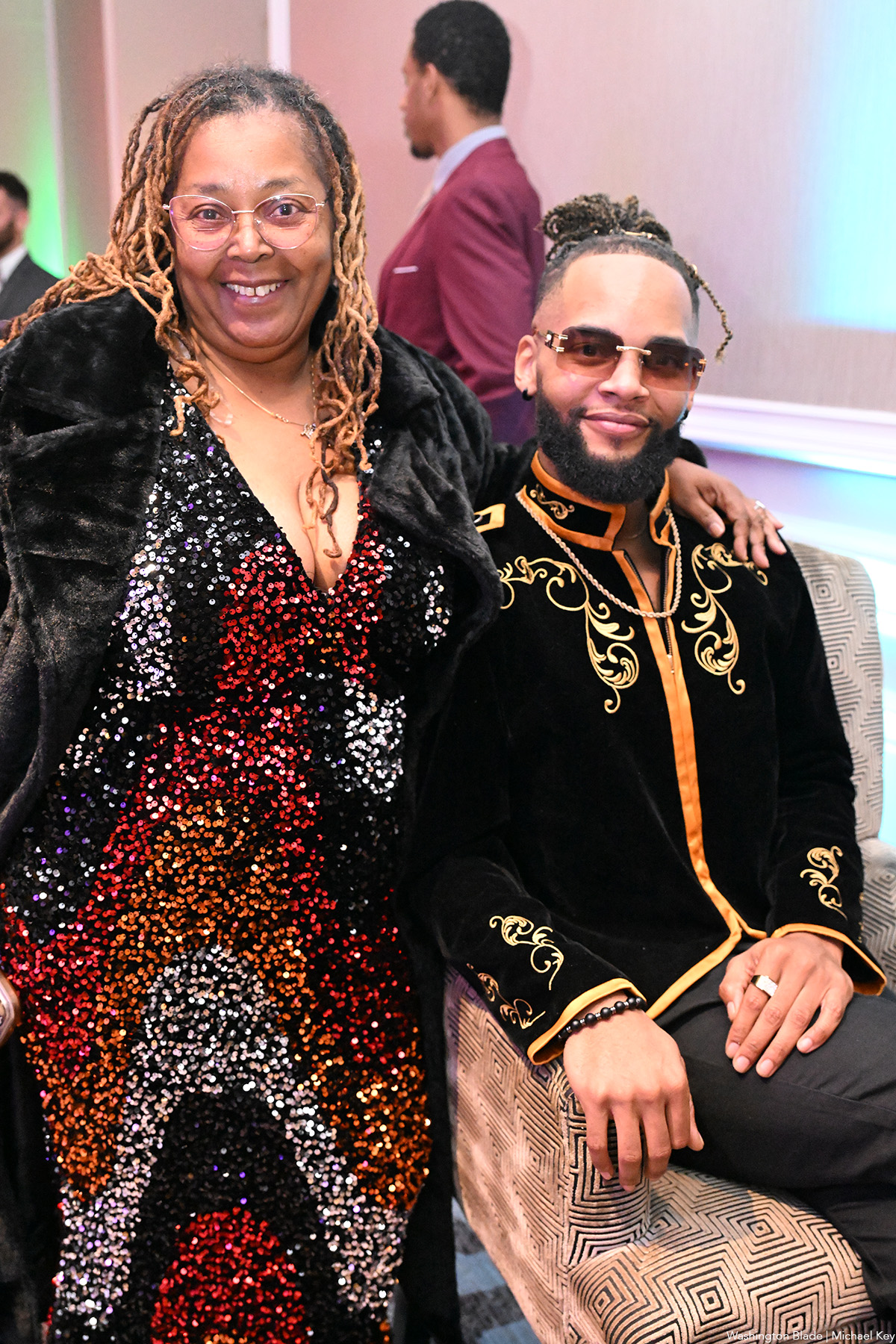
-

 Politics3 days ago
Politics3 days agoPro-trans candidates triumph despite millions in transphobic ads
-

 Turks and Caicos Islands5 days ago
Turks and Caicos Islands5 days agoTurks and Caicos government ordered to recognize gay couple’s marriage
-

 U.S. Military/Pentagon5 days ago
U.S. Military/Pentagon5 days agoServing America, facing expulsion: Fight for trans inclusion continues on Veterans Day
-

 Opinions3 days ago
Opinions3 days agoDemocratic Socialism won’t win the whole country




















